
The Truth About E-Bike Speed Limits in the U.S.
E-bikes are booming across the United States—and with their rise comes a lot of questions. One of the most common? How fast can they legally go?
Whether you're a new rider, a parent buying an e-bike for your teen, or just trying to stay on the right side of the law, understanding e-bike speed limits is key. And the truth is, it’s a little more complicated than just “fast or slow.”
Let’s break down what you really need to know about e-bike speed limits in the U.S.
1. The Three-Class System Explained
In many states, e-bikes are divided into three main classes. This system helps determine how fast the bike can go and where it can legally be ridden.
-
Class 1: Pedal-assist only, with a top assisted speed of 20 mph. No throttle.
-
Class 2: Has a throttle and pedal assist, also limited to 20 mph.
-
Class 3: Pedal-assist only, but with a top assisted speed of 28 mph. Often includes a speedometer and may have age restrictions.
Most cities and states now recognize this classification system, and it’s becoming the standard across the U.S. Understanding which class your e-bike belongs to is essential for knowing where and how you can ride.
2. What’s Legal on the Road, Path, and Trail?
The class of your e-bike determines where it’s allowed.
-
Class 1 and 2 e-bikes are generally allowed on bike paths, multi-use trails, and roads.
-
Class 3 e-bikes are typically restricted to roadways and bike lanes—not shared-use paths or off-road trails—especially if local laws or park policies prohibit them.
Always check your local and state rules. In some areas, trail managers or HOAs can restrict even Class 1 e-bikes on certain paths.
If you're planning to ride on public lands, like national parks or state forests, it’s especially important to check with local officials or websites for updated rules.
3. Can You Modify or Unlock the Speed?
Technically, yes—you can modify some e-bikes to go faster than their class allows. But legally? That’s where things get tricky.
If you “unlock” your Class 1 or 2 e-bike to go beyond 20 mph, you’re now operating something that may be considered a moped or motor vehicle in the eyes of the law. That could require a license, insurance, and registration—depending on your state.
In most places, modifying your e-bike’s speed capability beyond legal limits means it no longer qualifies as an e-bike and must follow different vehicle laws.
Bottom line: don’t mess with the speed limiter unless you fully understand the legal consequences where you live.
4. Real-World Speeds vs. Legal Limits
Here’s the thing: most e-bikes are capable of going faster than 20 or even 28 mph—especially on downhills or when you pedal hard. But what matters legally is how fast the motor will assist you.
For example, a Class 1 bike may keep helping you up to 20 mph, but if you pedal harder and reach 25 on your own power, that’s okay. The motor didn’t push you there—you did.
That said, always ride responsibly. Just because you can go faster doesn’t always mean you should—especially in crowded or shared spaces.
Final Thoughts: Ride Smart, Stay Legal
E-bike speed limits aren’t just about numbers. They’re about safety, accessibility, and making sure everyone—from kids to commuters—can share roads and paths responsibly.
By understanding the three-class system and respecting your local rules, you’ll not only stay on the right side of the law—you’ll ride smarter, too.



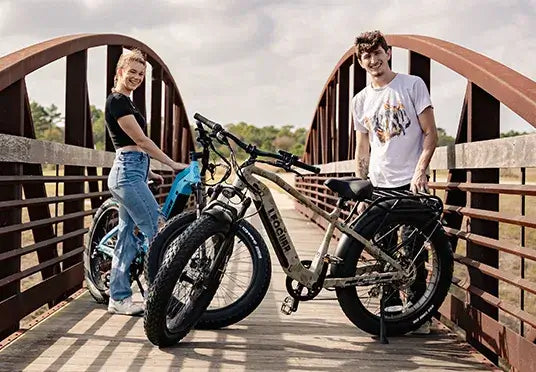
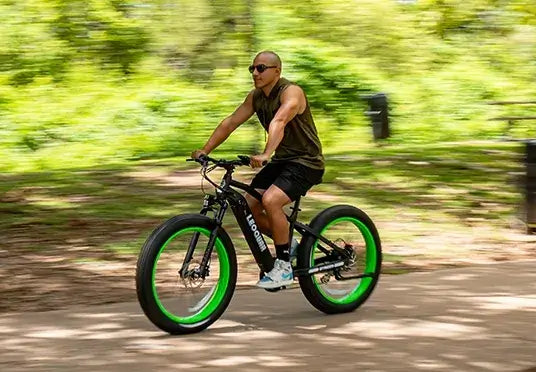
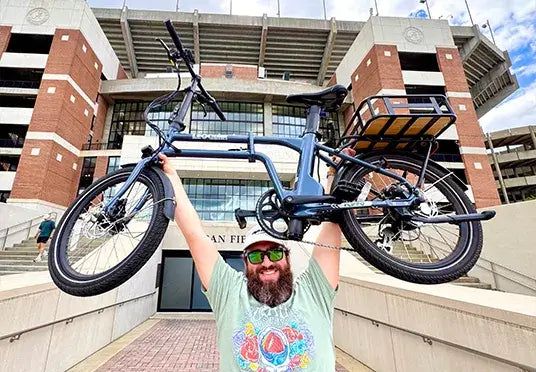
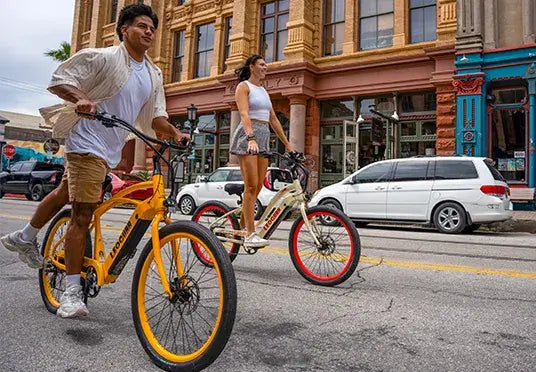
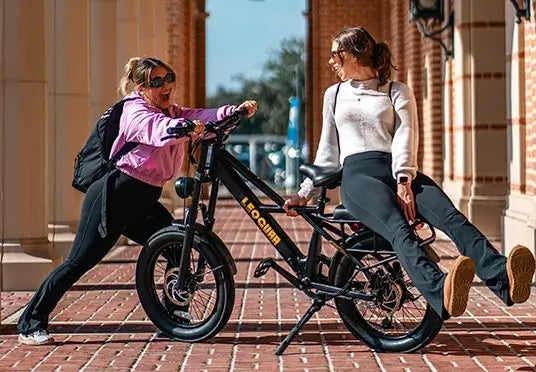
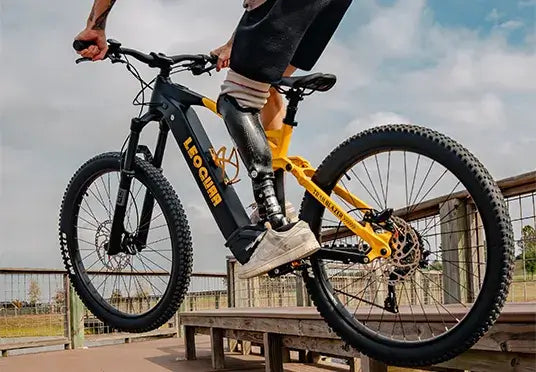
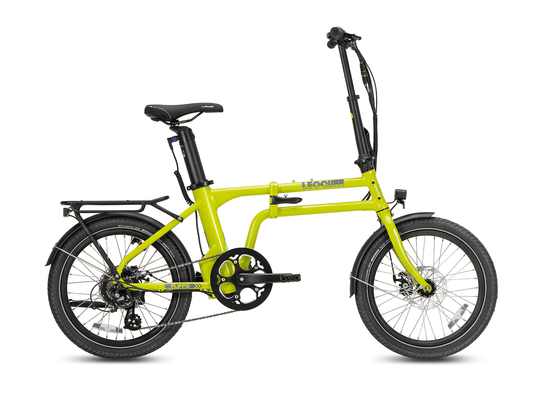
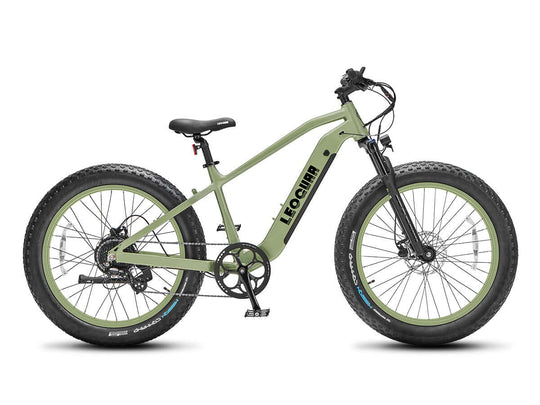
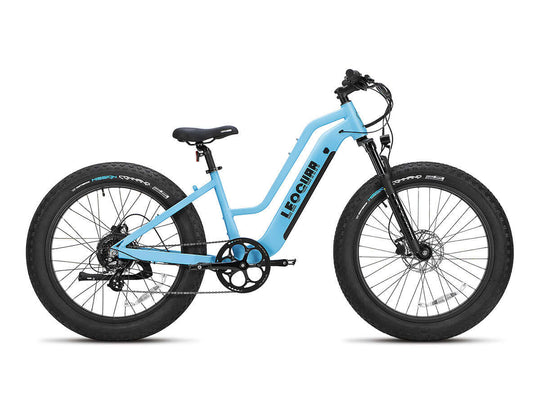
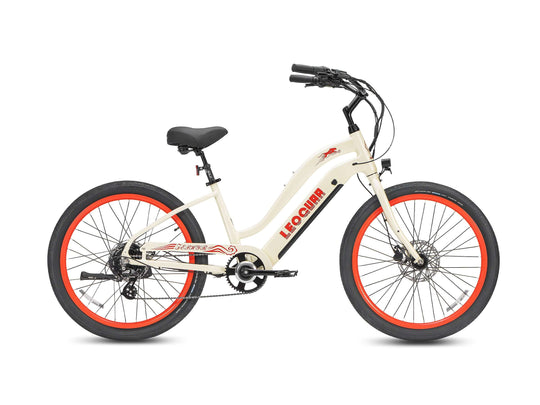
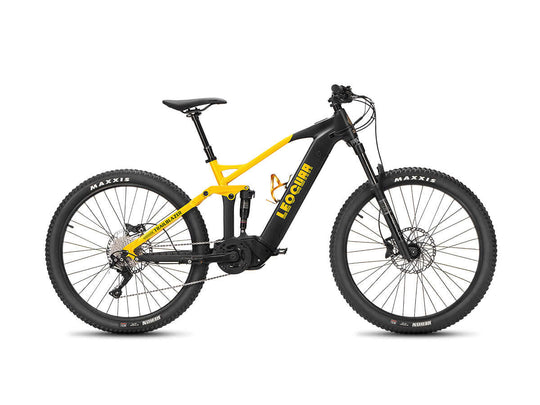
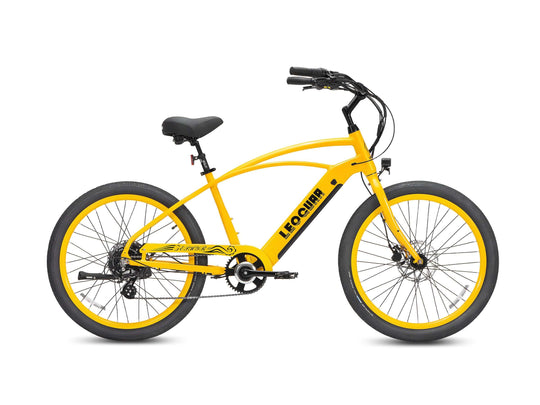
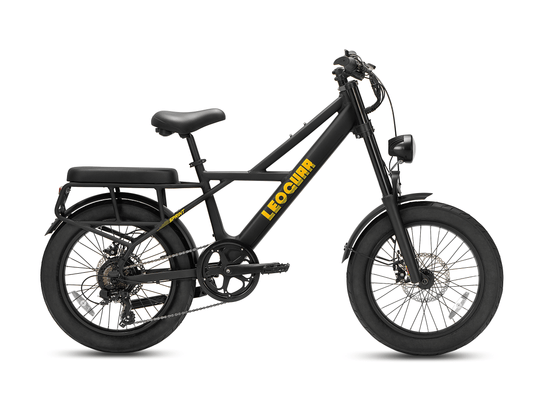
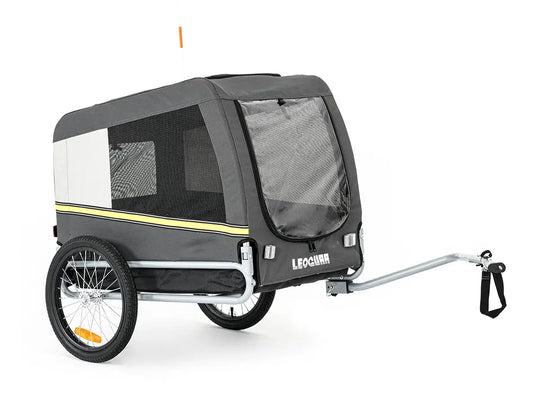
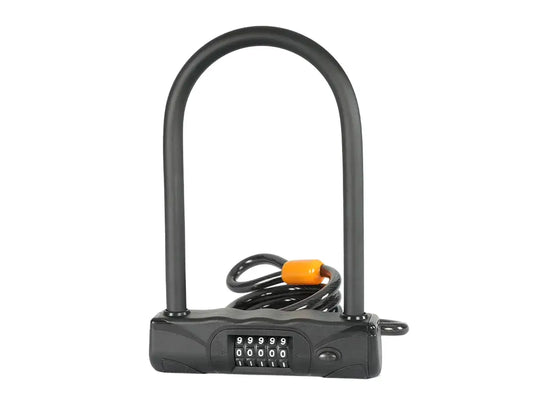
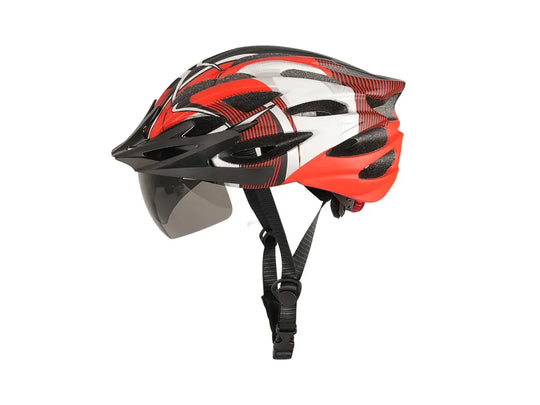
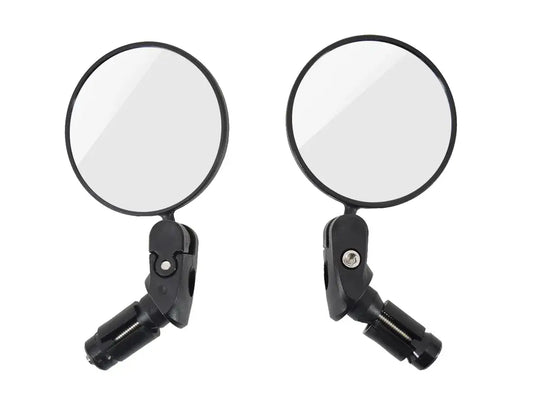
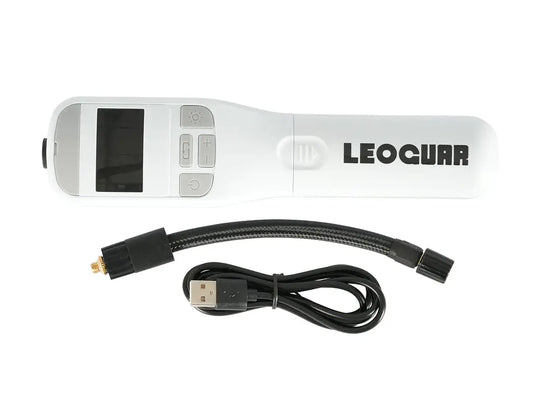
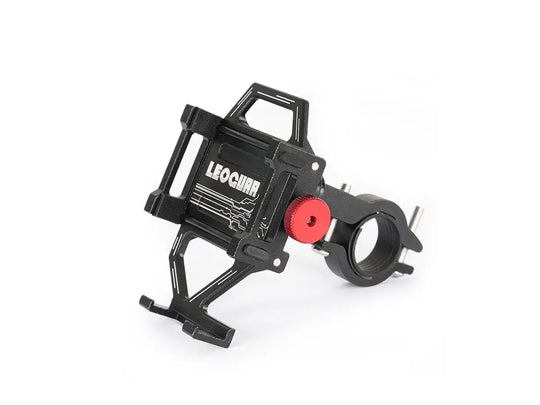

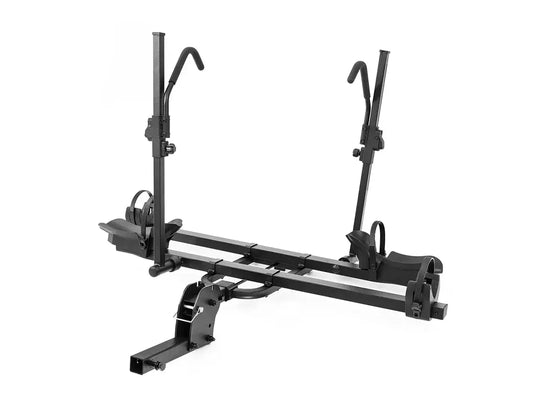

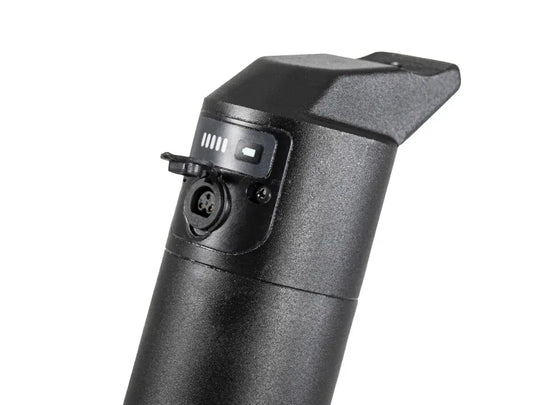
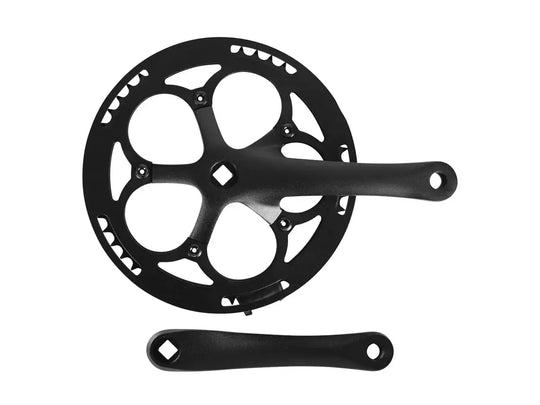
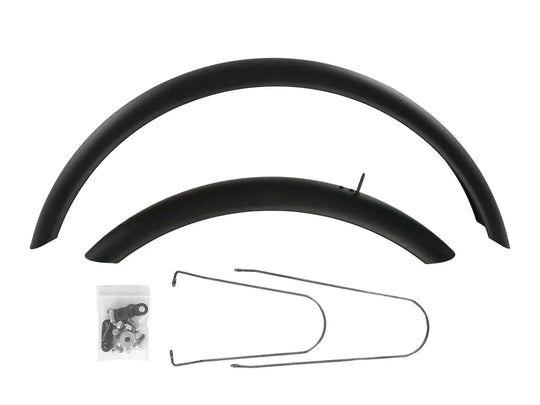
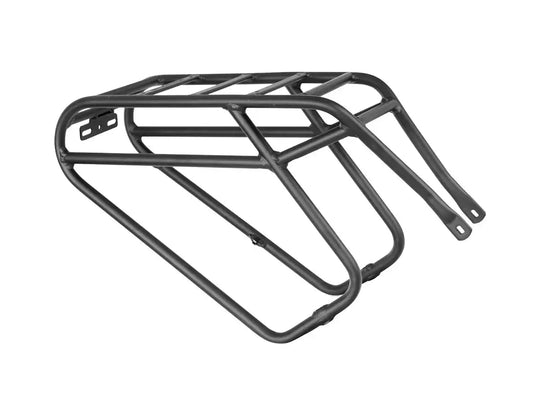
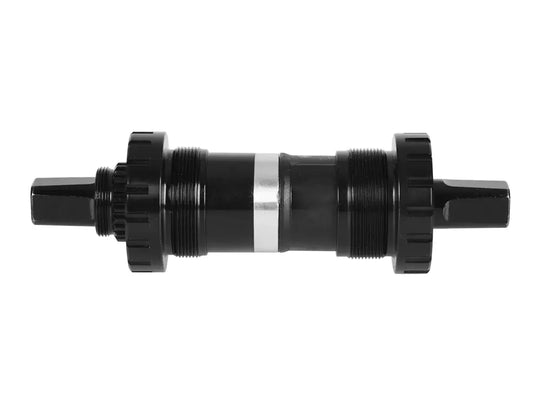
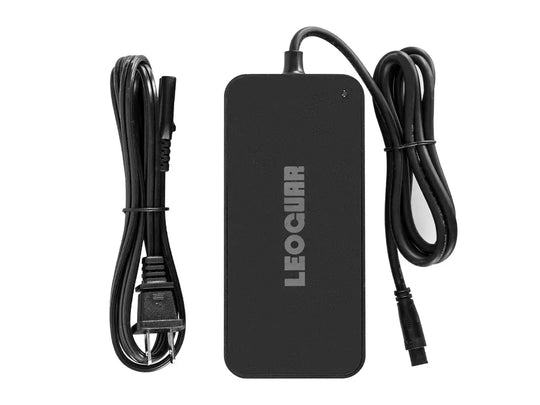
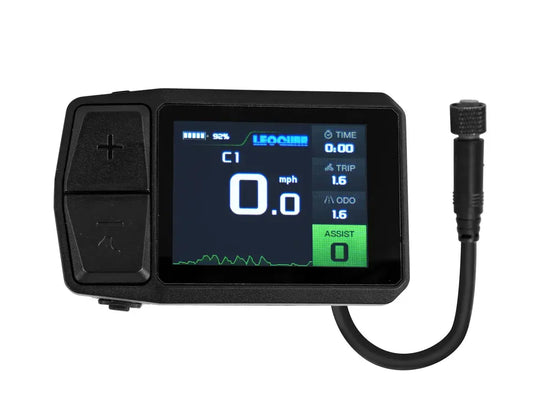

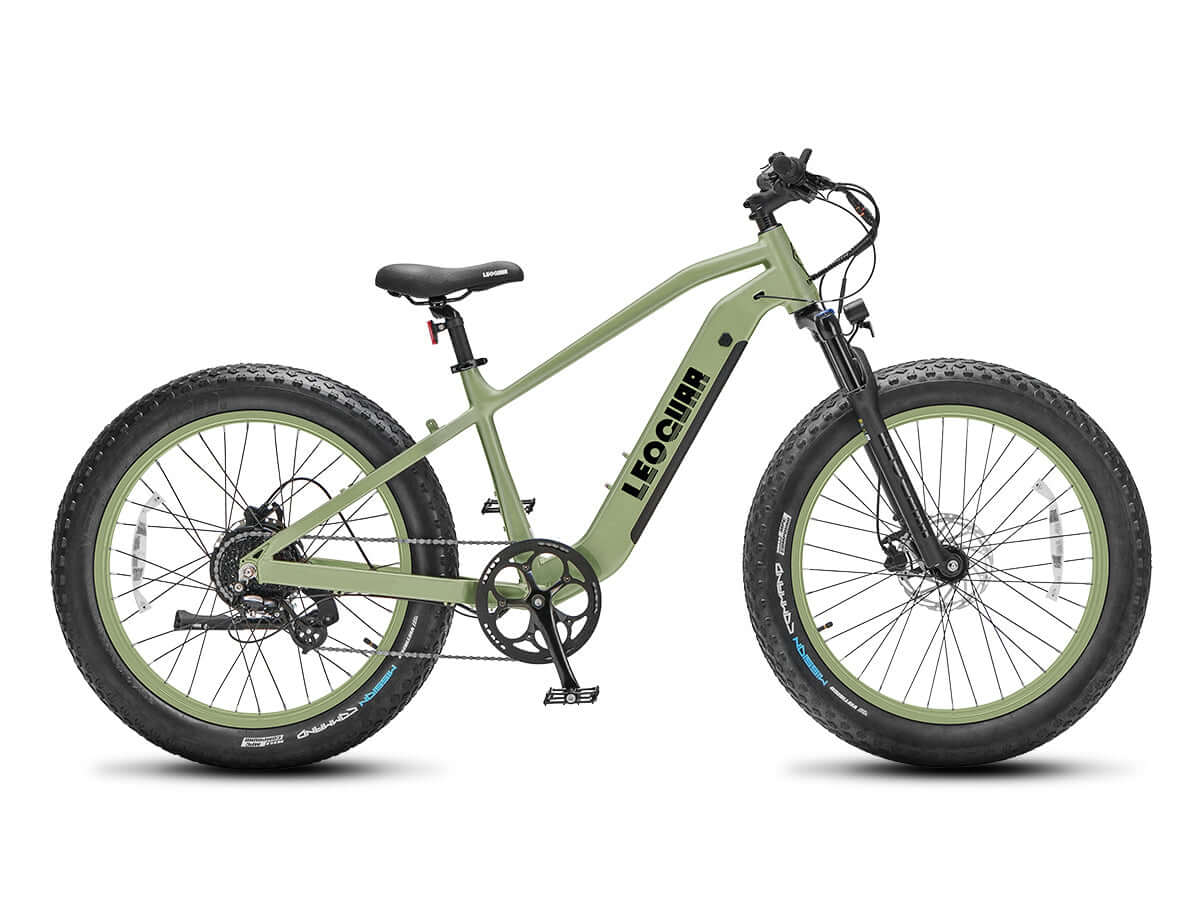







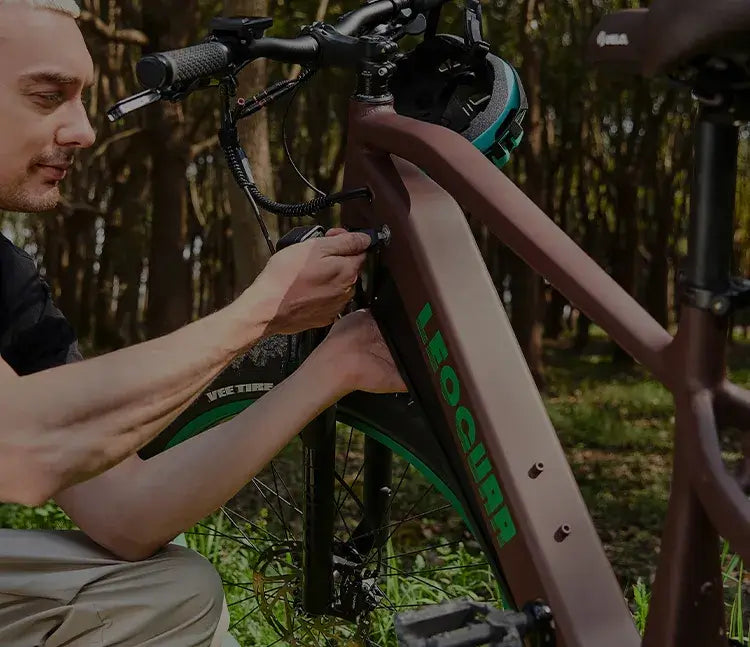
Leave a comment